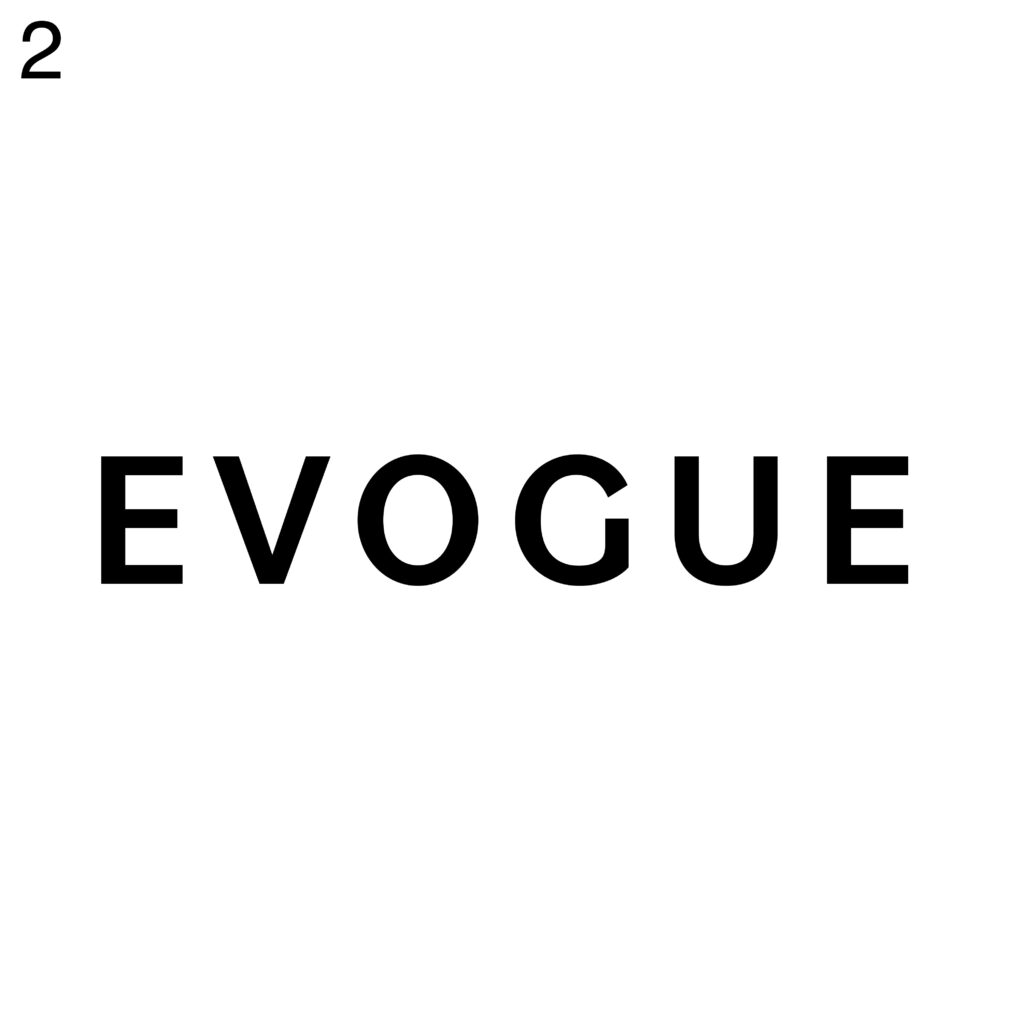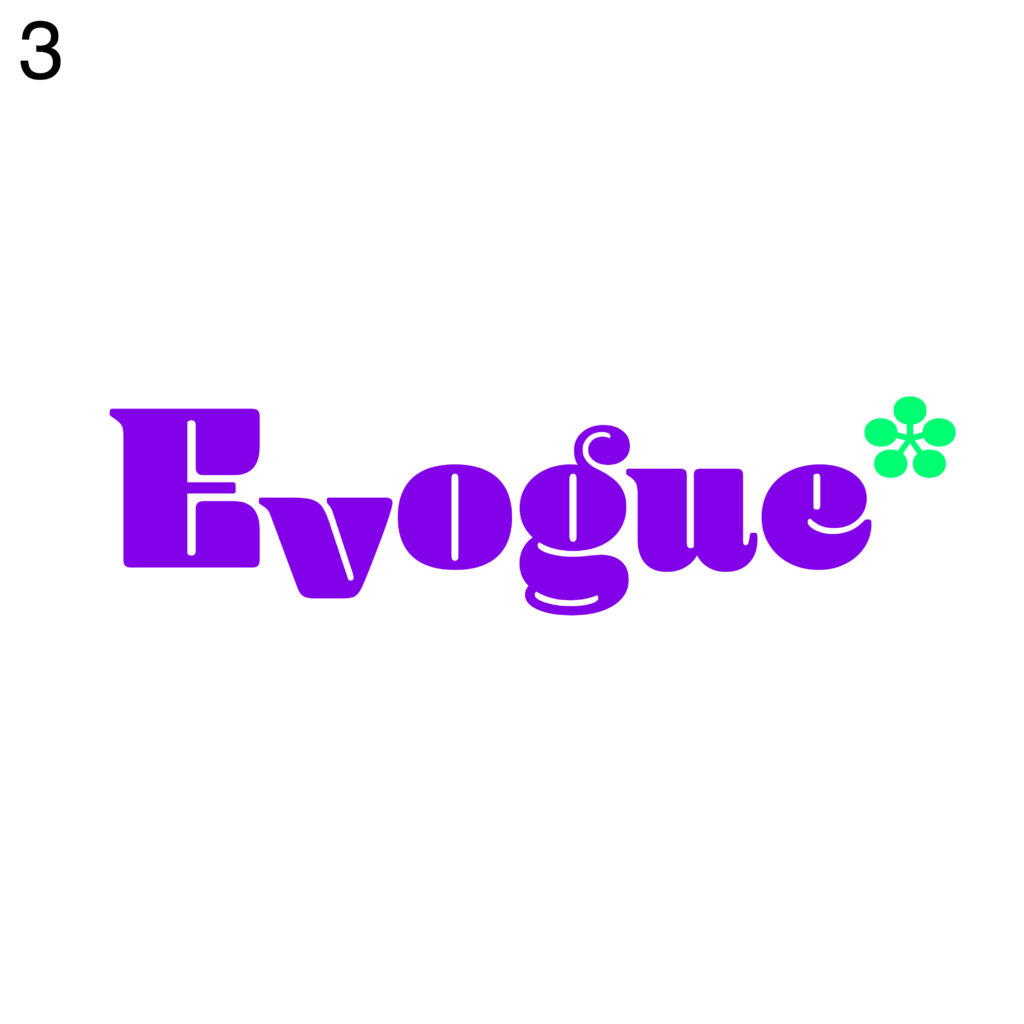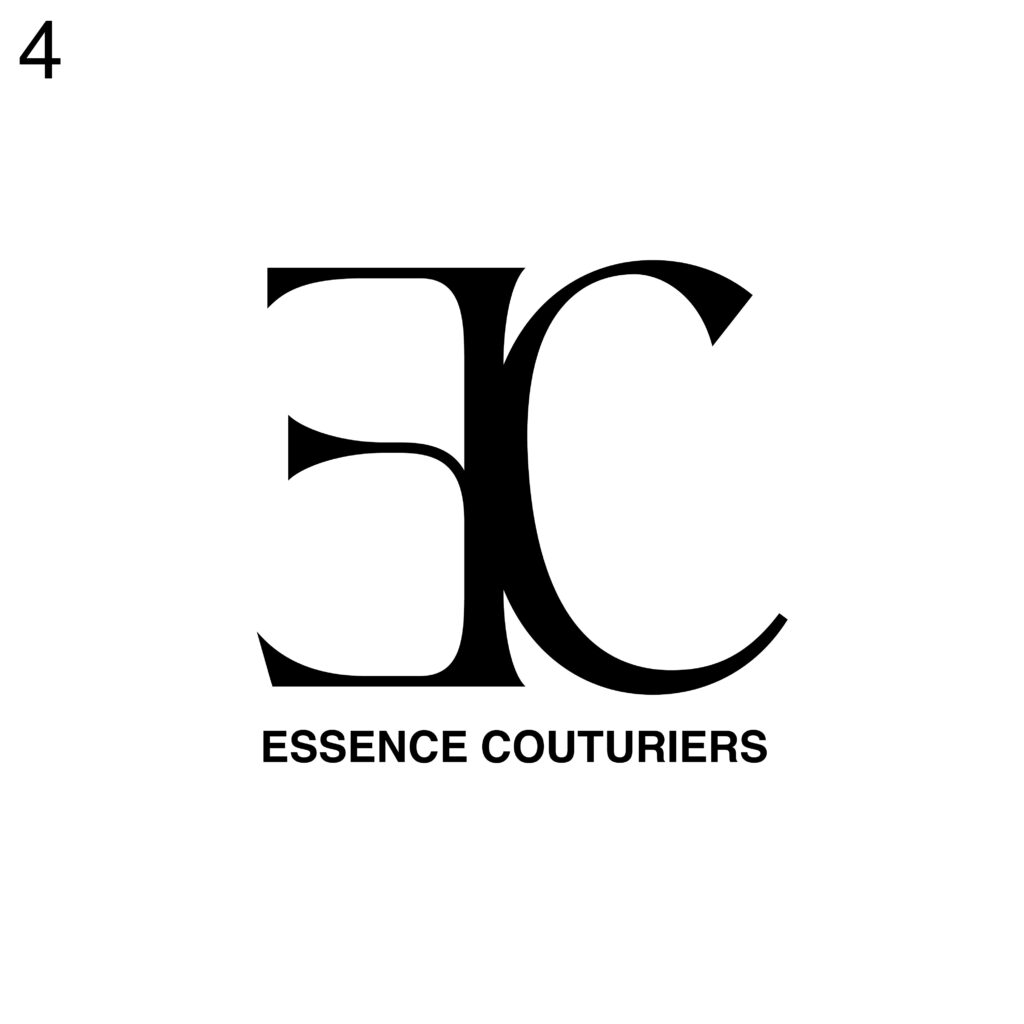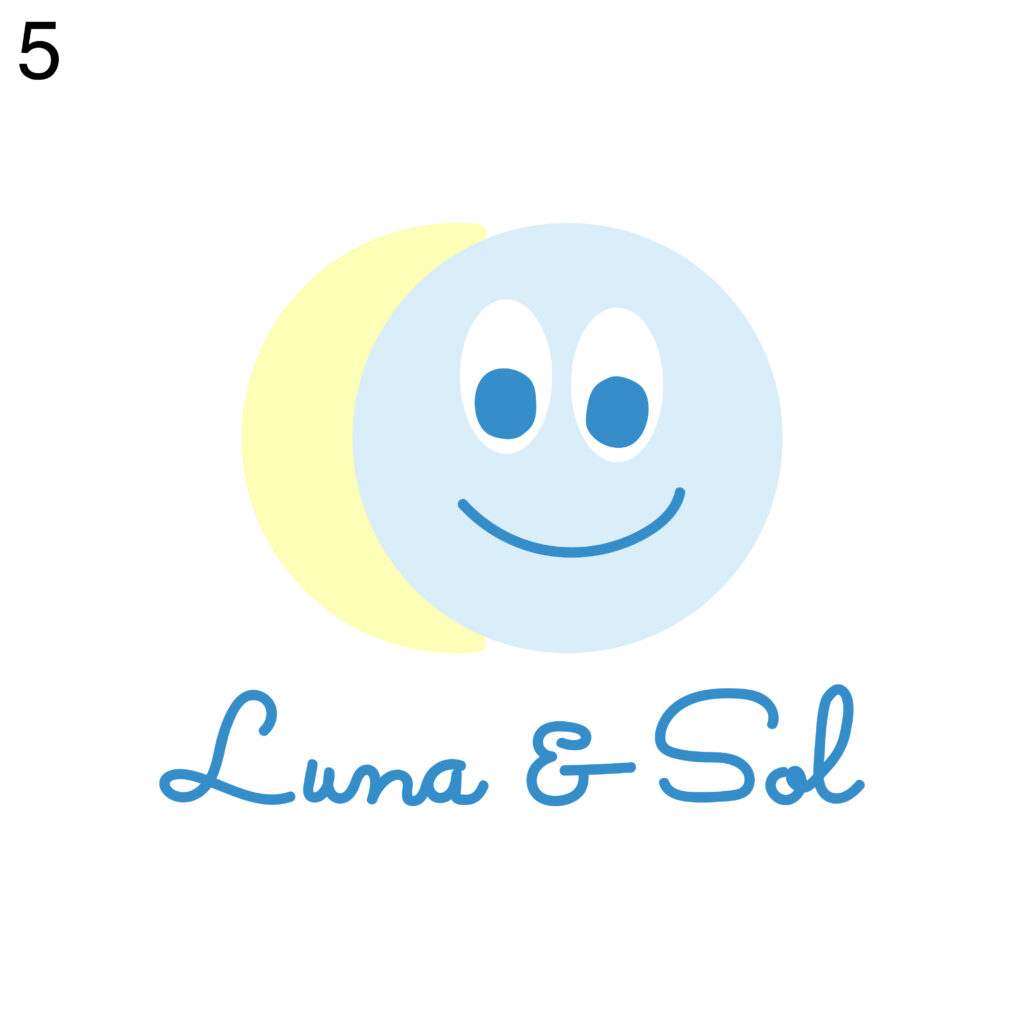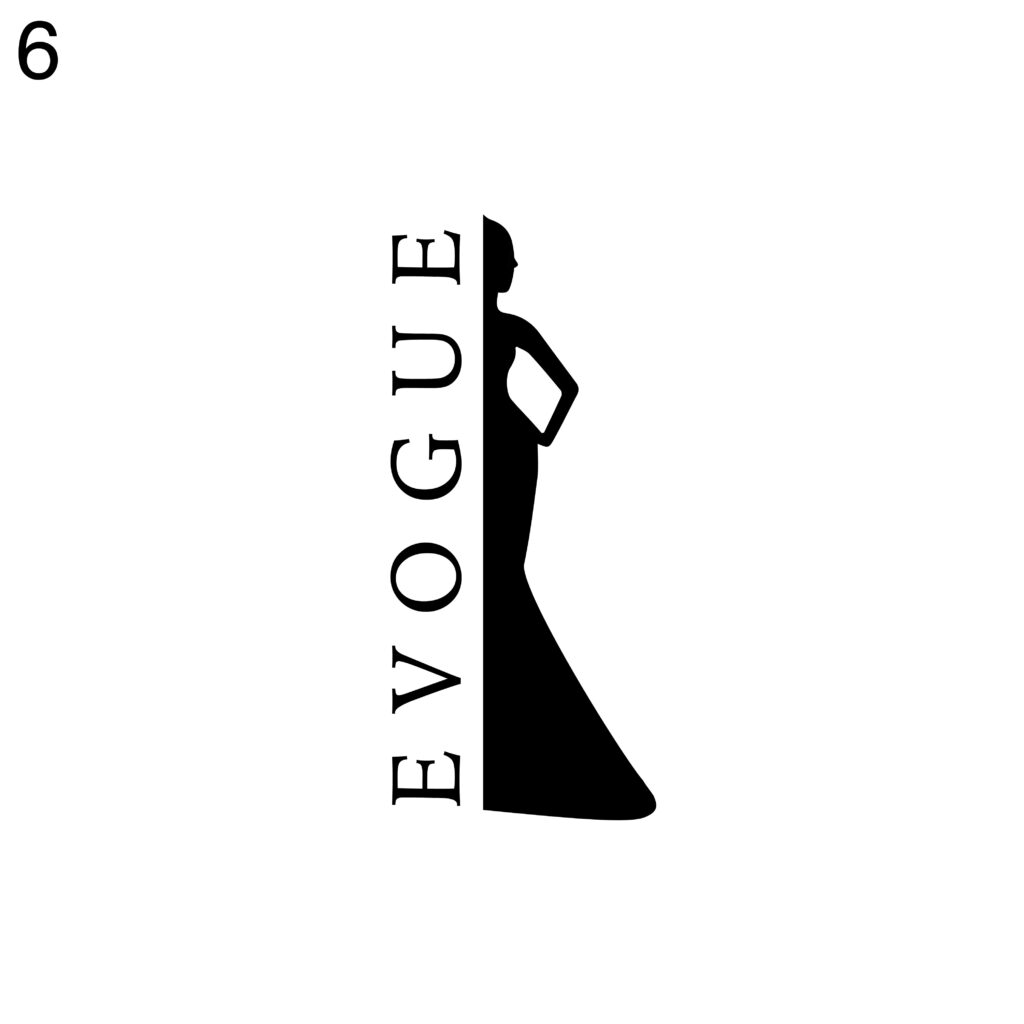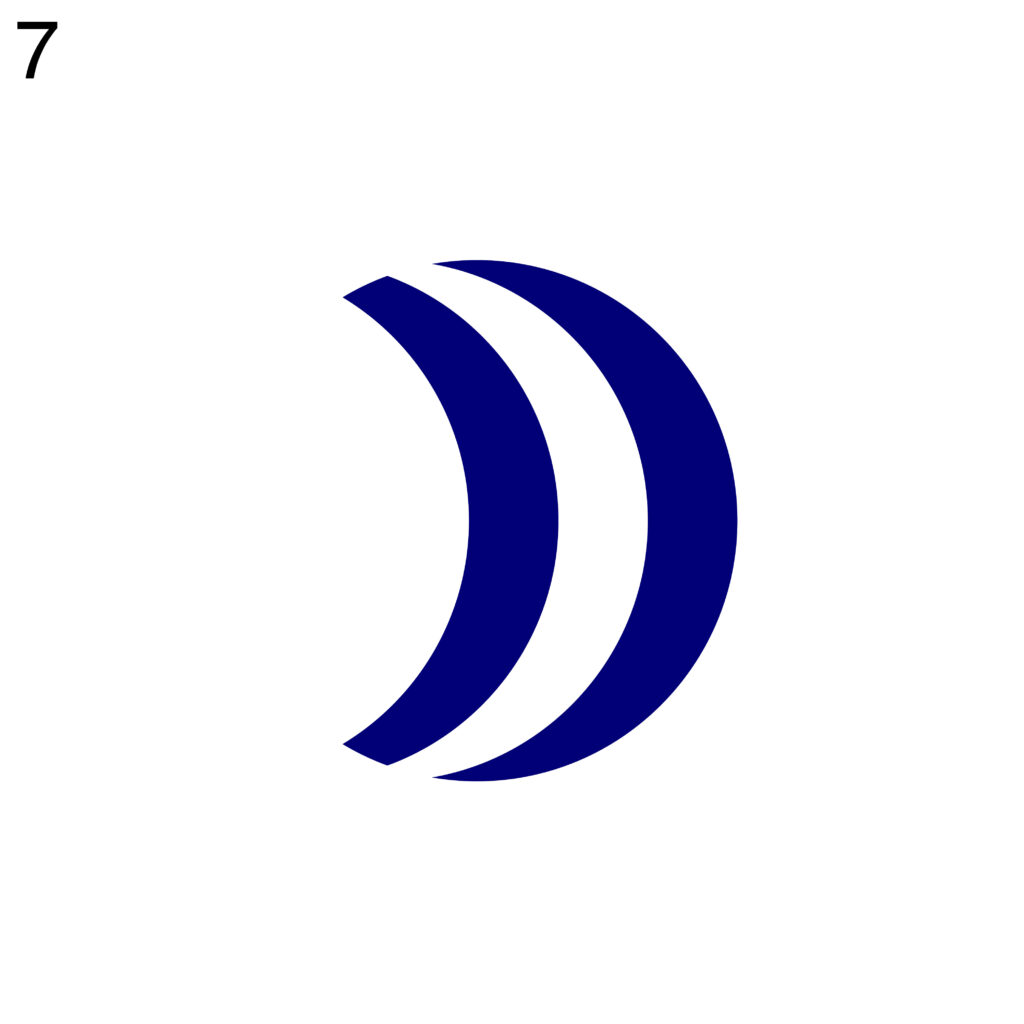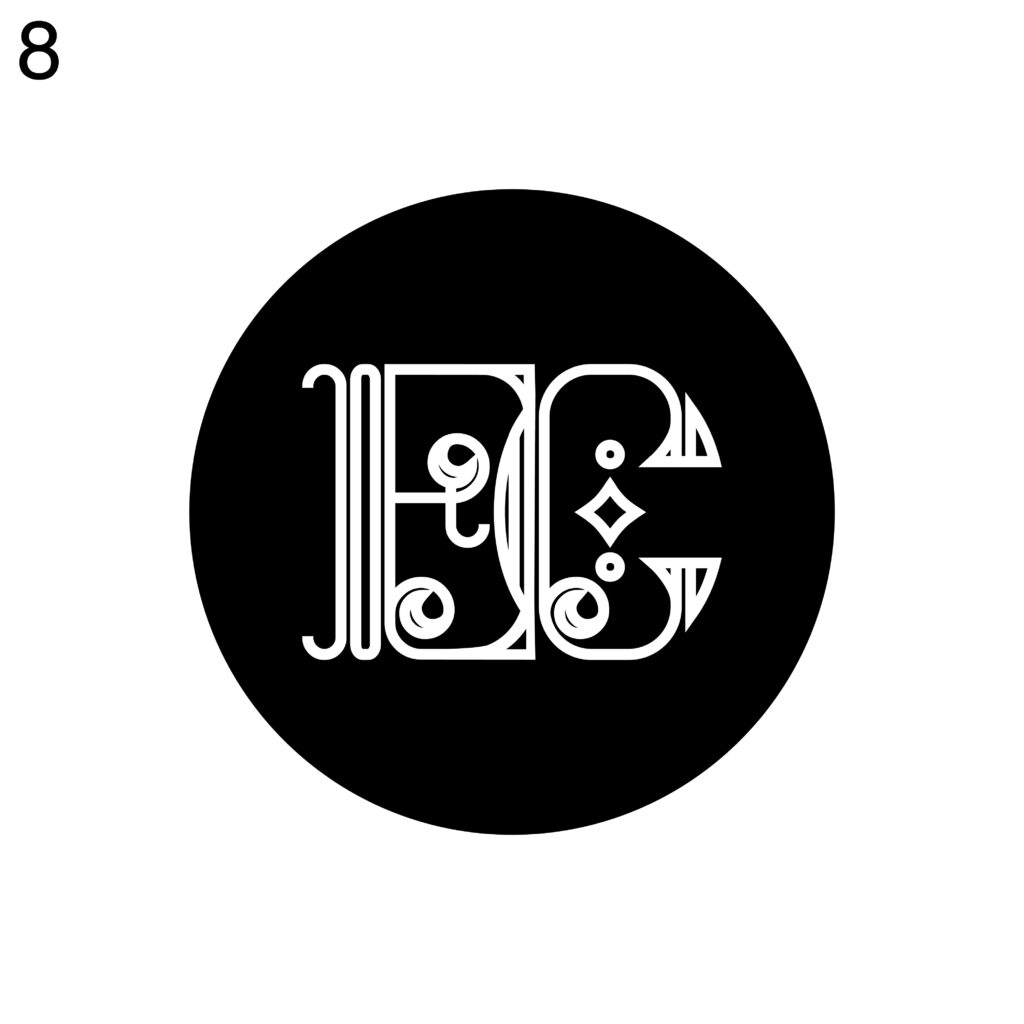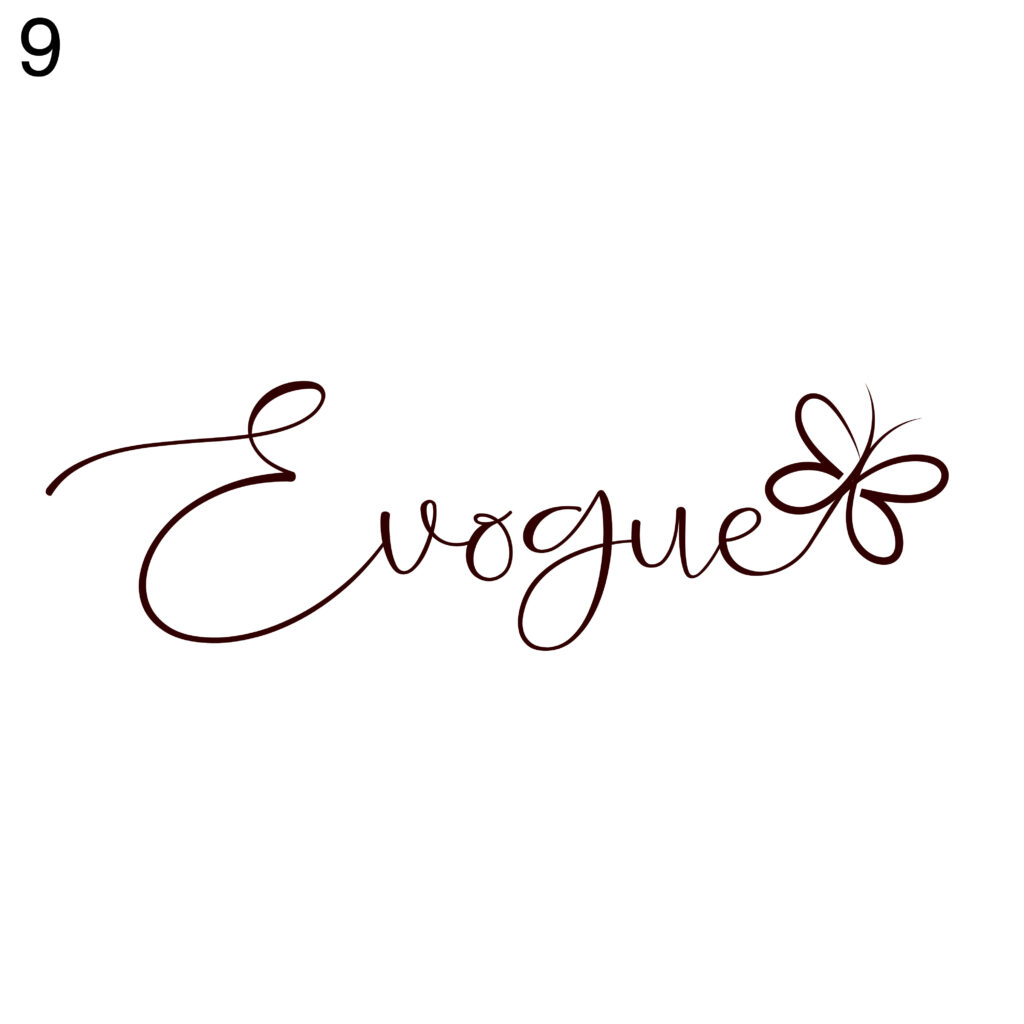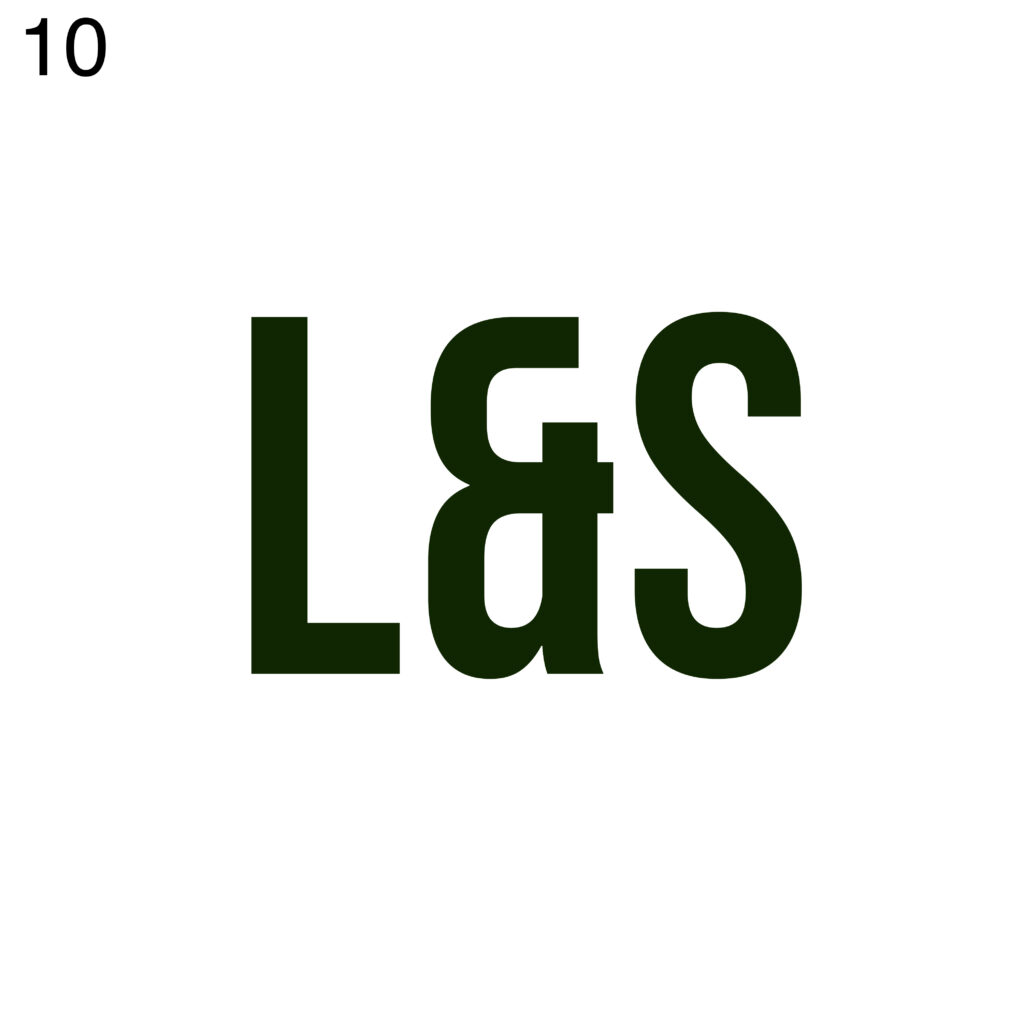In this experiment I wanted to test people on how they understand and perceive fashion logos. In the future, I can use this knowledge to create logos and brand identities. It is imperative to see fashion logos from the perspective of not designers. When perceiving the logos I want to focus on the brand personality.
The perception of a brand’s personality is subjective but vital. Emotional connections with brands affect purchasing decisions, with 95% of decisions based on feelings rather than logic. Brand personality is how it is perceived by customers based on its actions, communication, and appearance. Strong brand personality can attract loyal customers and improve business success.
To create an effective brand personality, several factors should be considered. Authenticity is key, as the brand’s personality should align with its goals and company culture. Memorability is critical for standing out in a competitive market. Value refers to the unique benefits the brand offers to customers. Trustworthiness is essential, as customers expect honesty and transparency. Authority, or expertise in the field, helps attract more business.
Brand personality should be reflected consistently across all branding efforts, from the logo to the website and customer service interactions. Visual elements such as color schemes, shapes, and typography contribute to brand identity, which is the external manifestation of brand personality. While brand personality and brand identity are closely linked, they are distinct concepts.
Developing the best brand personality involves catering to the target customers’ preferences. Gathering quantitative customer data can provide valuable insights. Making a list of adjectives that describe the ideal brand personality can help clarify its traits and values. Visualizing the brand as a person and imagining how they would greet, act, talk, and dress can further refine the brand persona.
Ultimately, actively shaping and understanding a brand’s personality allows businesses to take control of their brand reputation. By translating the brand personality into all aspects of branding, such as the logo, website, and merchandise, businesses can bring their brand personality to life. This will enhance their overall branding efforts.
The first part of the experiment was to design logos with different brand personalities. Using the blog post from my last semester, where I researched what type of logos exist, I created very diverse logos. I picked up three random names for the logos and started creating them. In the beginning, I created all the logos in black, then added some colors. The result is a total of 10 very different logos in different colours with different fonts. They all represent very different fashion brands.
1. The product I imagined was one made for young people; it was clothing made for skateboarding.
2. My vision was for a brand designed for young people, any gender, modern, affordable, but looking luxury.
3. I was thinking about a brand made for young people who like modern, stand out clothes. For people following trends and influencers.
4. I was thinking about luxury brands.
5. Children and babies are the focus of this brand.
6. A place with dresses for women, could be towards wedding dresses.
7. Sport brand, without really displaying the name, just the logo showing movement.
8. A brand, which could be for young people or a specific group of people who want to wear extraordinary clothes.
9. I was thinking about a fashion brand made for women of any age
10. Fashion brands for men.

